Clarksburg Union Meetings
Introduction
Text-to-speech Audio
In the leadup and early days of the Civil War, Clarksburg was buzzing with pro-Union activity. Most natives of the city strongly opposed the growing secessionist sentiment in southern Virginia. Several meetings were held to discuss how Clarksburg should respond in the case that Virginia did choose to secede from the Union. Following a Virginia Secession Convention vote that led to the state’s secession, politician John S. Carlile held the most important meeting at the Harrison County Courthouse. The Clarksburg public reiterated their opposition to the secession and called for a new meeting of pro-Union officials. With Carlile’s backing, this led to the First Wheeling Convention, which in turn led to the formation of West Virginia as a state.
Images
Union Meetings marker.
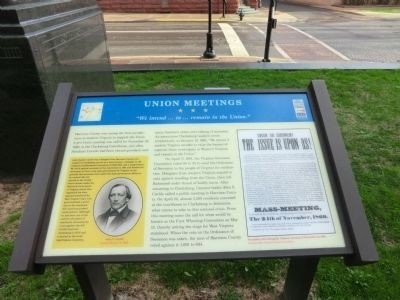
John S. Carlile.
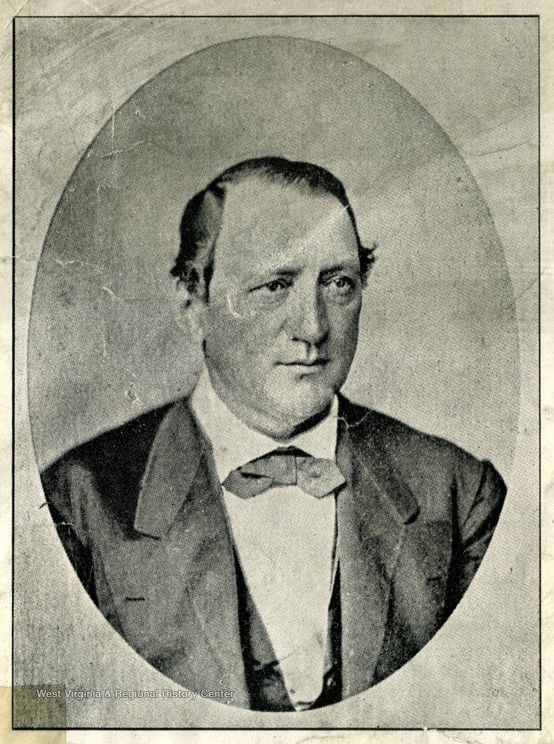
The Union Meetings took place at this courthouse building, which existed from 1856 to 1887.
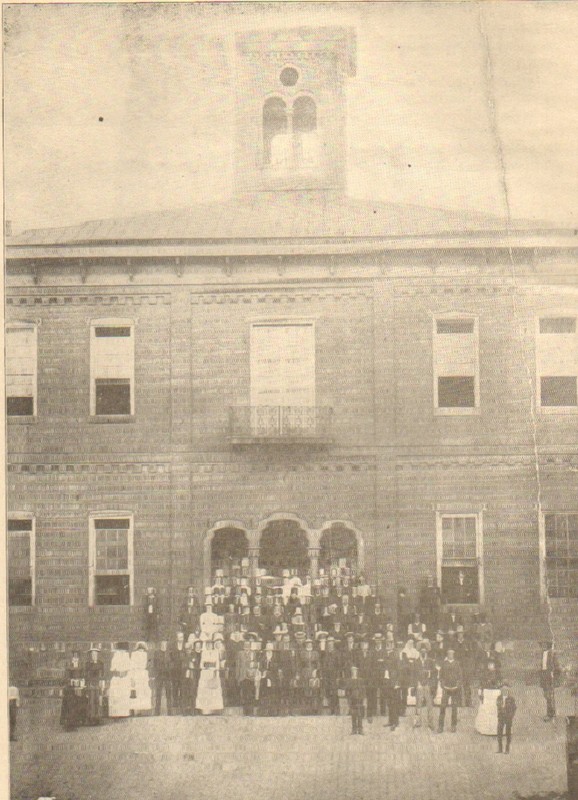
Map of Virginia Secession Convention delegate votes.
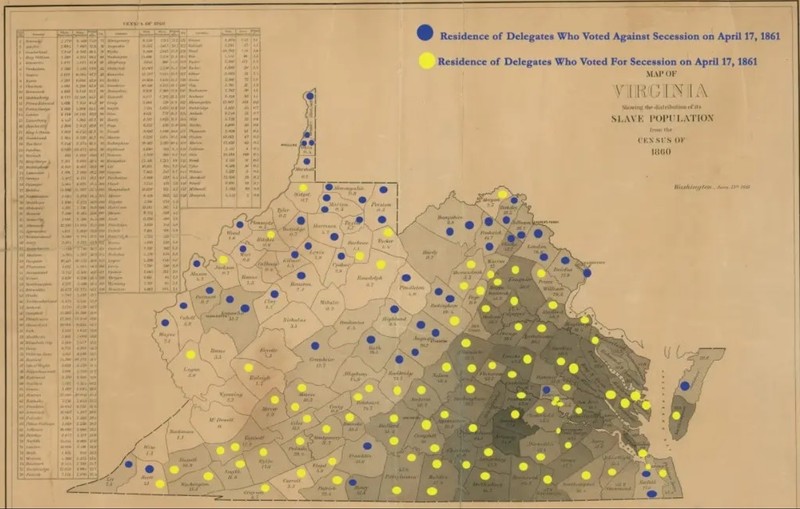
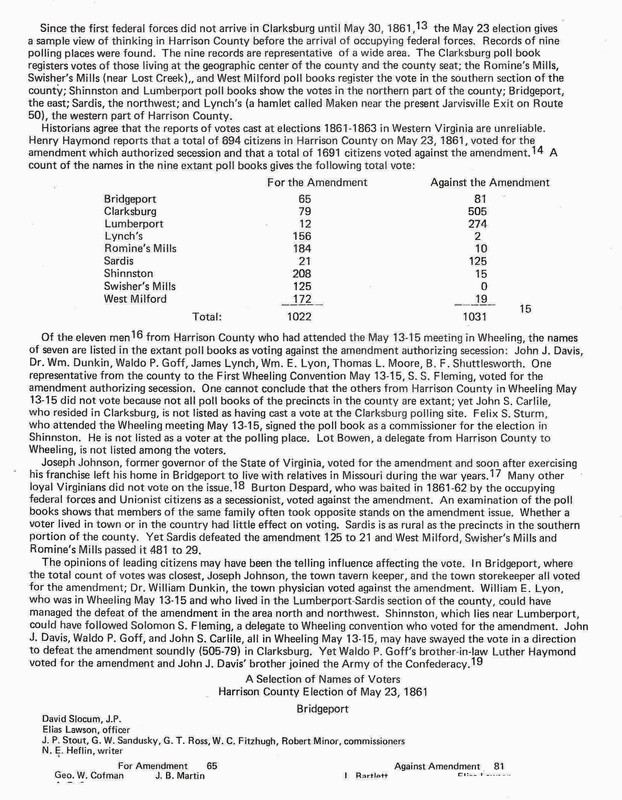
Backstory and Context
Text-to-speech Audio
Harrison County was a bastion for independent Western Virginians long before the winds of change heralded the Civil War. Far removed from the political sphere in Richmond, Clarksburg natives tended to think of themselves separately from the elite plantation owning representatives common in the halls of the Virginia capitol building. Following the election of Abraham Lincoln in 1860, rumors of Southern secession began to circulate. Intending to address the issue before it came to a head, a pro-Union meeting was held at the Clarksburg Courthouse on November 24, 1860. At the meeting, most Clarksburg residents voiced their opposition to secession and support of the Union.
On April 17, 1861, the Virginia Secession Convention held the defining vote to decide the state’s fate. A majority of delegates voted in favor of secession with the final total being eighty-eight to fifty-five. Almost all the fifty-five dissenting votes came from Western Virginia counties that adamantly opposed secession. One of the delegates present at the convention was Clarksburg native John S. Carlile. Carlile had served a number of terms as a congressman, both in the Virginia and United States governments. The strength of his anti-secession conviction is perhaps captured best by a quote characterizing secession as “self murder… an insult to all reasonable living humanity, and a crime against God.”1 Under the threat of violence, Carlile left Richmond disgusted by the act of treason.
Just five days after the Virginia Secession Convention vote, Carlile called a public meeting at the Clarksburg Courthouse. On April 22, 1861, almost 1,200 people gathered to make their voices heard. Public opinion remained overwhelmingly against secession. On May 23, 1861, the public vote was held on the secession ordinance. The vote from Harrison County has been reported at 1,691 votes against and 694 in favor, but a review of the original poll books has show this to be inaccurate. In 1985 the original poll books for Harrison County, which had been donated to the West Virginia University Library, were tabulated and the count showed 1,022 votes in favor of the ordinance and 1,031 against it. One poll book for the Union district was missing, so it remains unknown whether Harrison County narrowly approved the ordinance or rejected it. The Union district normally cast a vote between 100 and 150.(2) A resounding call from the Clarksburg meeting demanded a new government of loyalist Union lawmakers. With Carlile’s assistance, this call became the First Wheeling Convention later in May of 1861. The Wheeling Convention, in turn, led to the fracturing of Virginia and the formation of West Virginia. Carlile changed his mind about the new state and in his position as a U.S. senator tried to derail the statehood bill, but failed.(3)
Sources
Barnes, Jim. John S. Carlile, The West Virginia Encyclopedia. Accessed March 17th 2021. https://www.wvencyclopedia.org/print/Article/967.
1. Berkey, Jonathan M. Carlile, John S. (1817-1878), Encyclopedia Virginia. February 12th 2021. Accessed March 17th 2021. https://encyclopediavirginia.org/entries/carlile-john-s-1817-1878/.
Morfe, Don. Union Meetings, Historical Marker Database. June 16th 2016. Accessed March 17th 2021. https://www.hmdb.org/m.asp?m=73418.
2. Davis, Dorothy. Harrison County Election of May 23, 1861, Accessed September 12th 2021. https://printedephemera.lib.wvu.edu/catalog/fc%2F3b%2F5e%2F9e%2Ffc3b5e9e-d6ed-4cd3-82f7-e67dead8dc54
3. Rice, Otis K.. West Virginia, A History, Second Edition, with Stephen W. Brown. pgs. 146-147, Accessed September 12th 2021.
Morfe, Don. 2014. Historical Marker Database. Accessed March 17, 2021. https://www.hmdb.org/m.asp?m=73418.
West Virginia & Regional History Center. Accessed March 17, 2021. https://wvhistoryonview.org/catalog/032444.
Encyclopedia Virginia. Accessed March 17, 2021. https://encyclopediavirginia.org/entries/carlile-john-s-1817-1878/.
